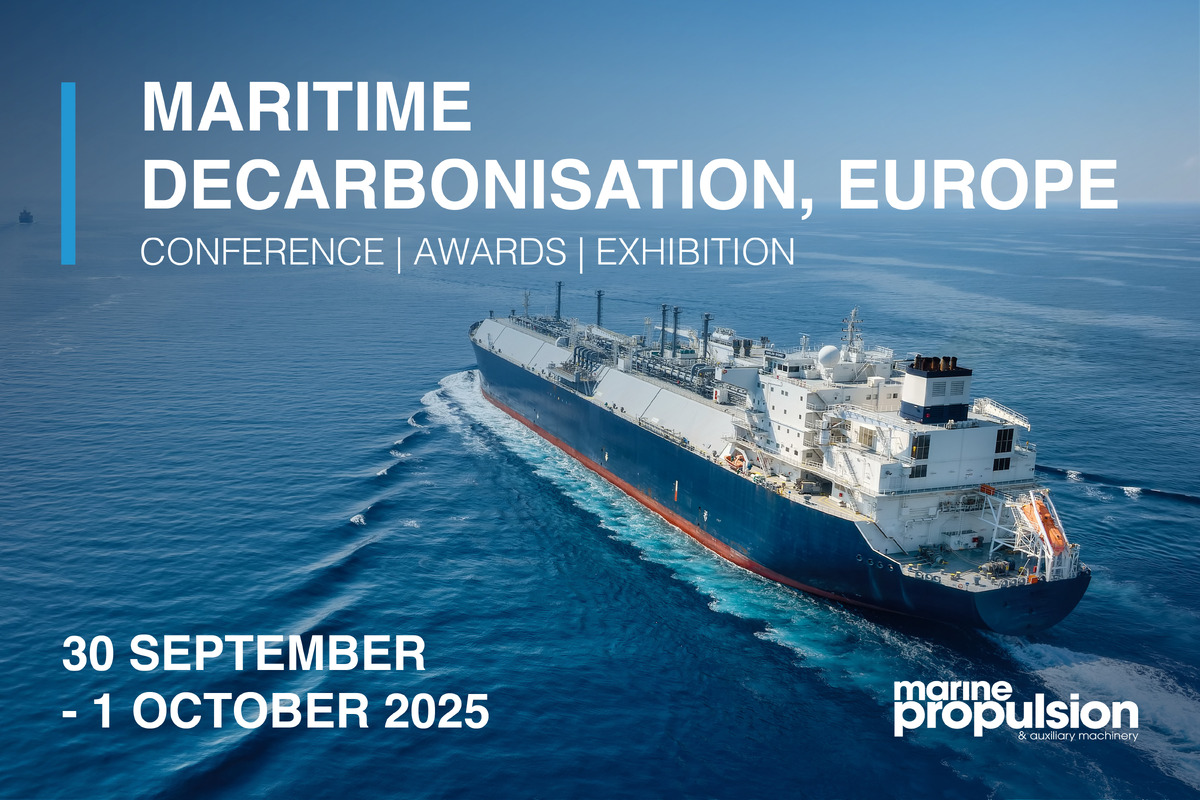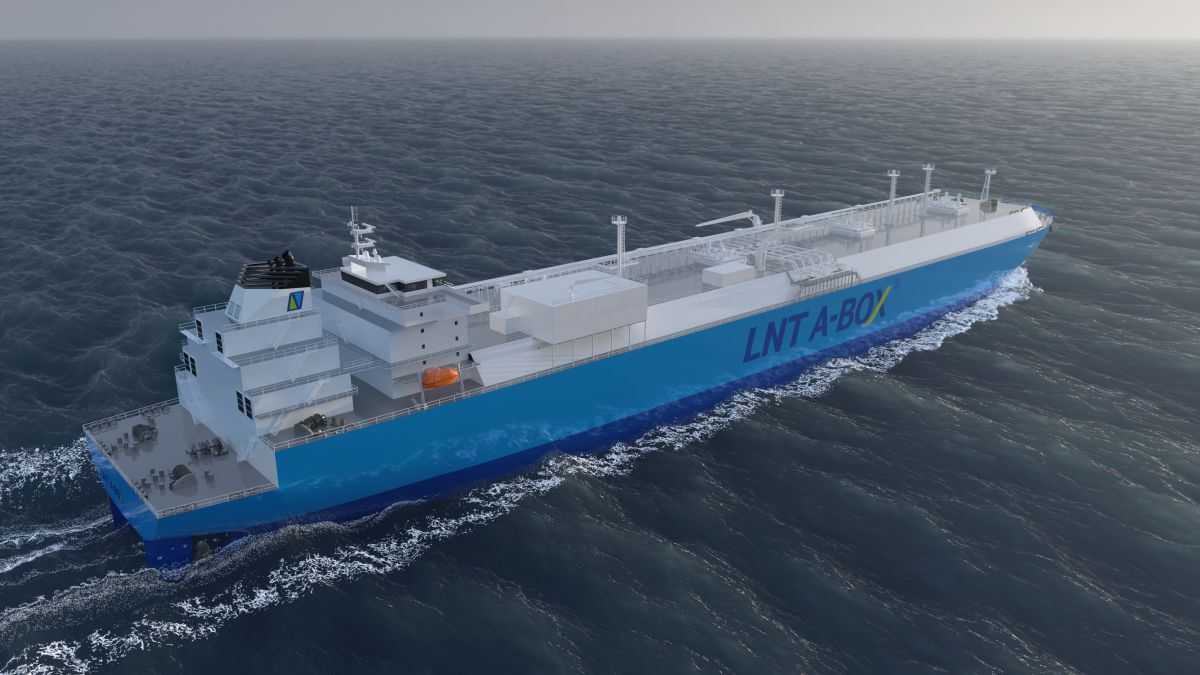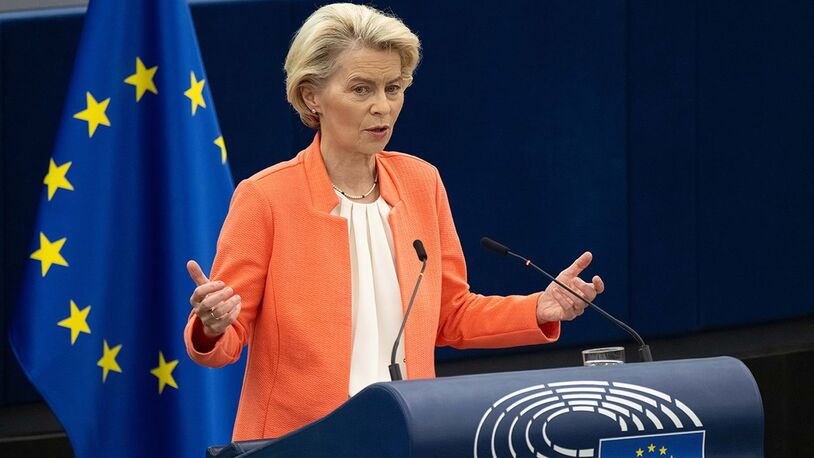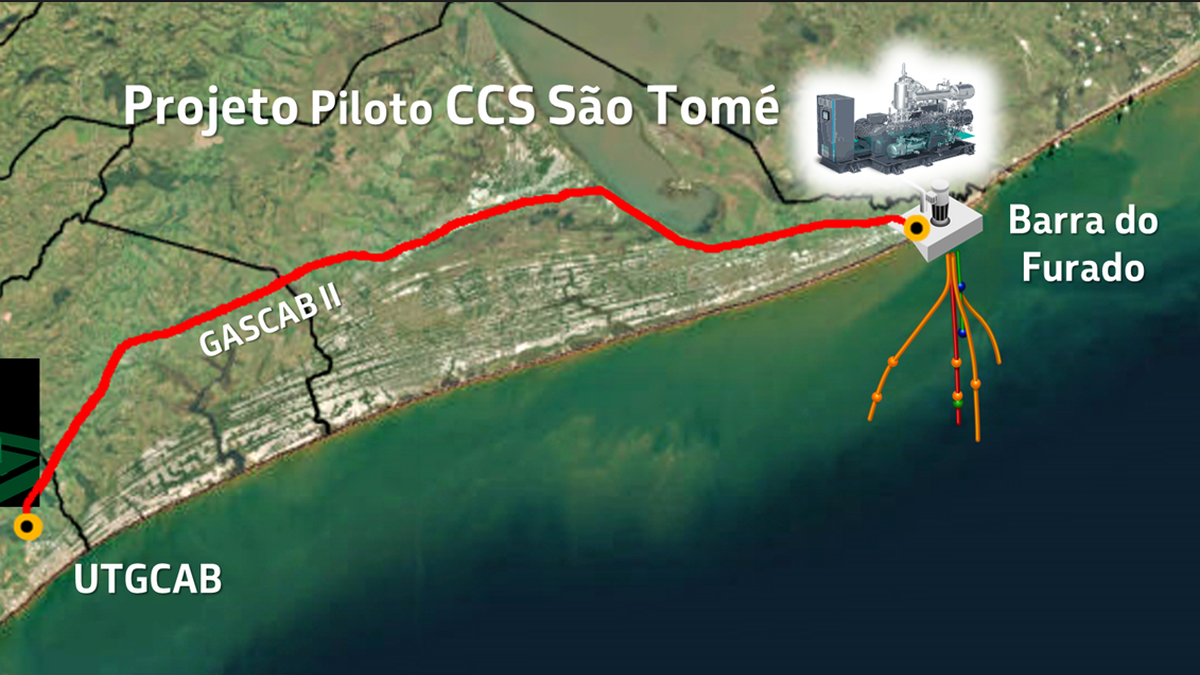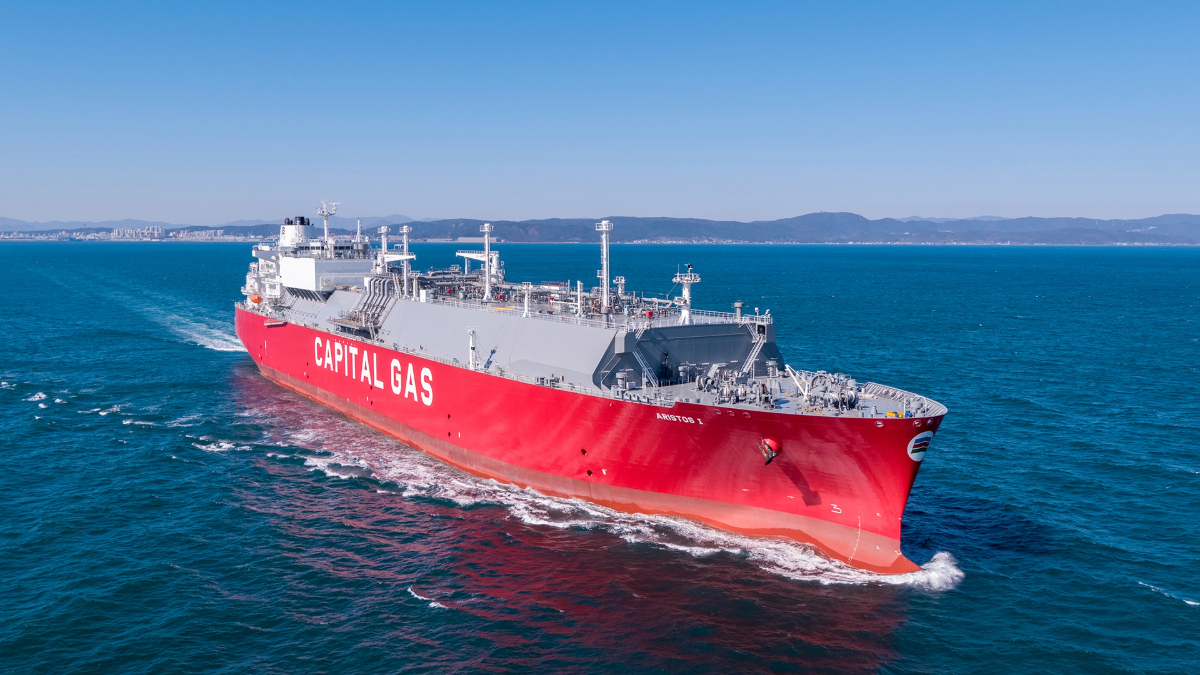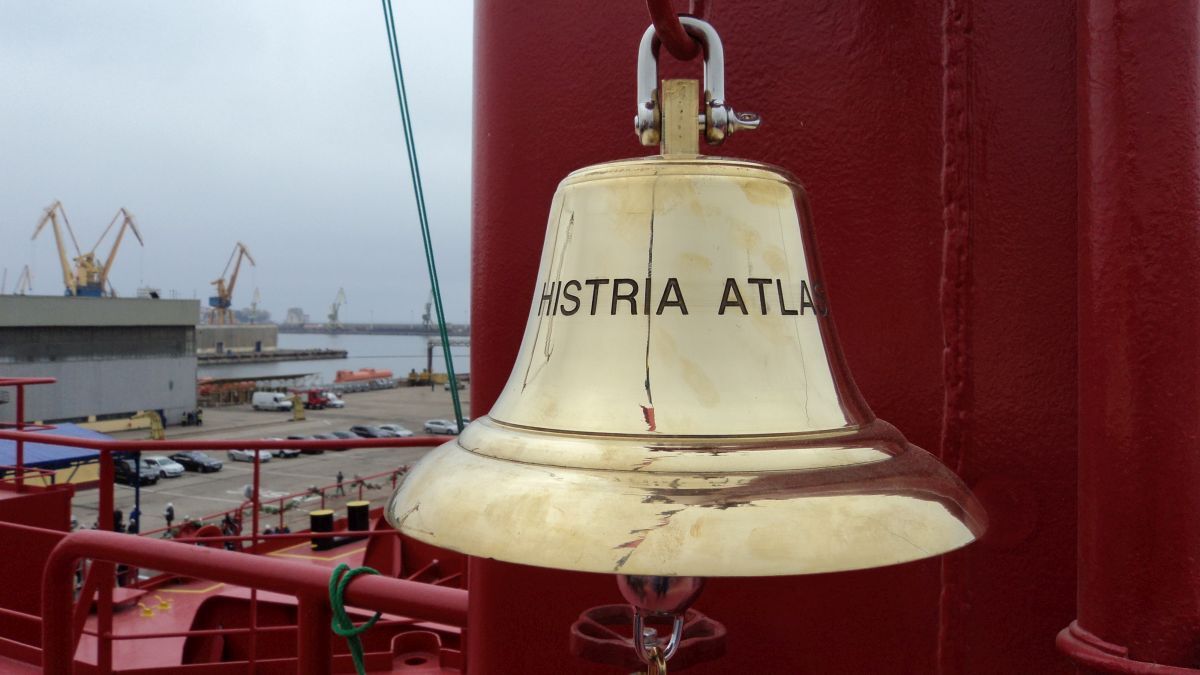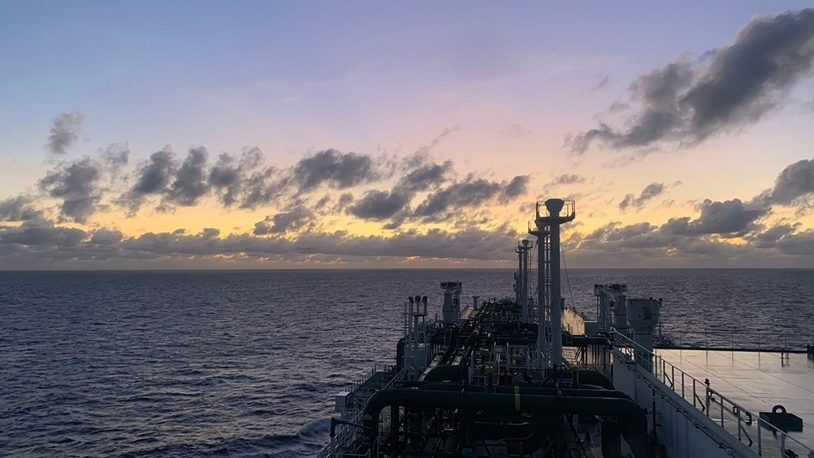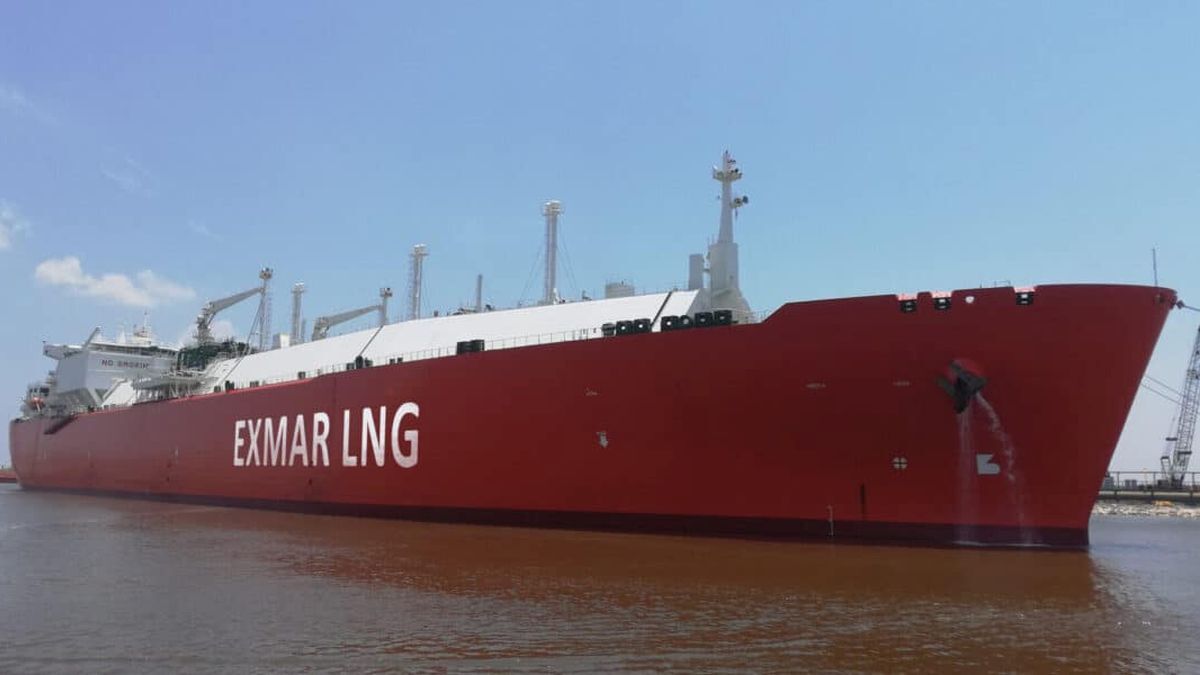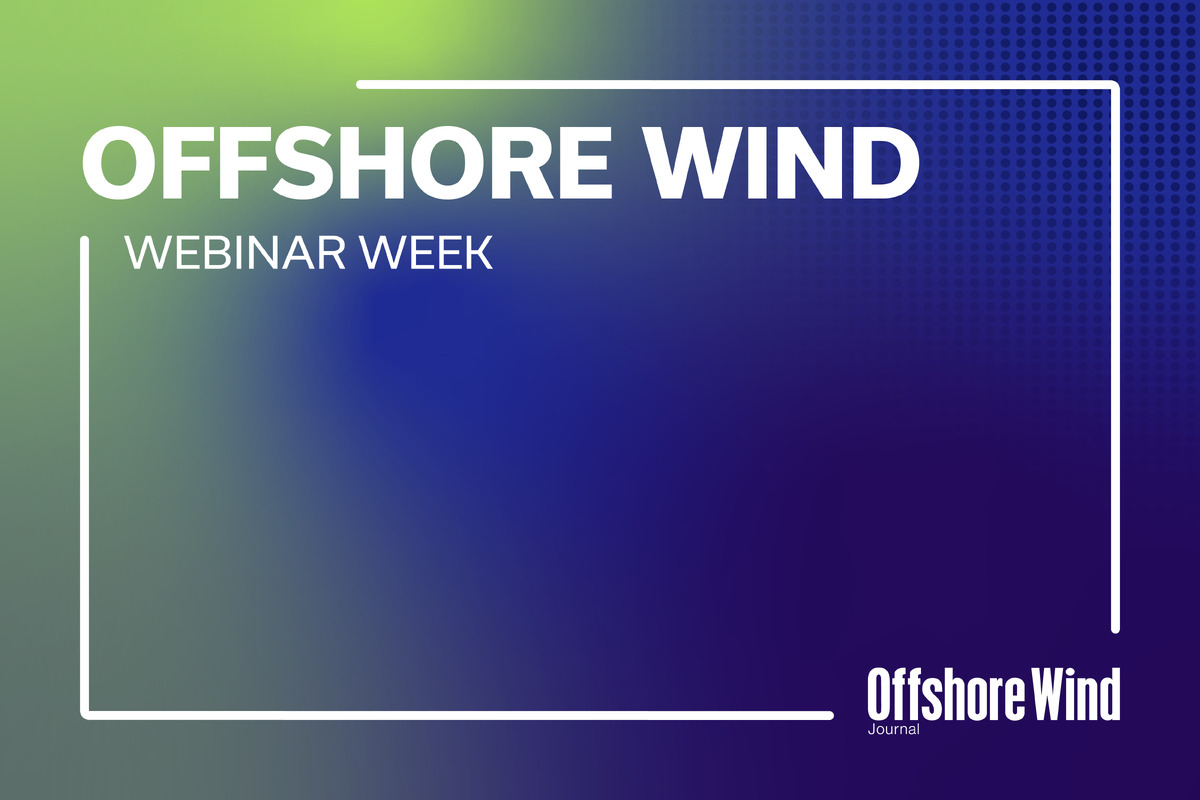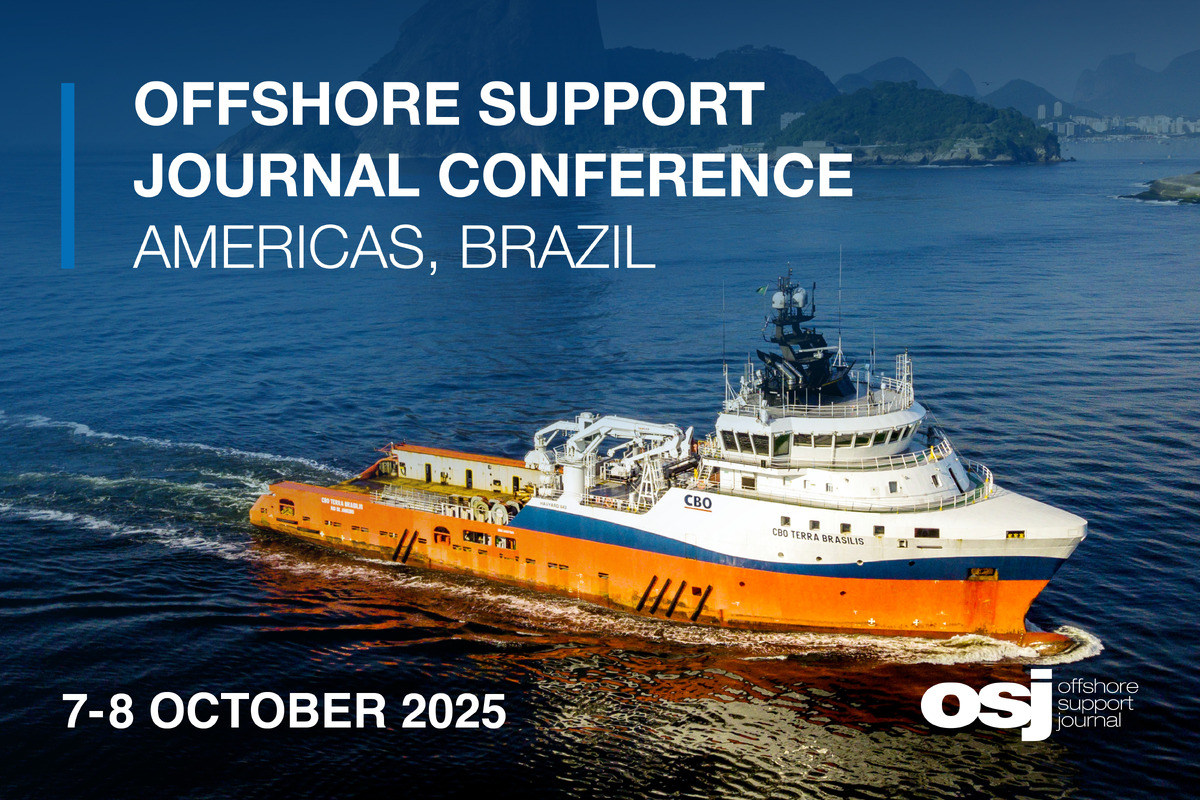Business Sectors
Contents
Register to read more articles.
LNT Marine: ‘we are ready to disrupt the LNG containment system market’
Membrane technology is set to be challenged by a new, technically proven containment system, according to LNT Marine’s Stein Foss and Per Ivar Nikolaisen
Since the 1970s, the market for LNG containment systems has been dominated by membrane technology. LNT Marine says its alternative containment system, LNT A-BOX, is ready to dominate what its architects call ’the membrane monopoly’.
LNT Marine’s LNT A-BOX uses independent self-supporting prismatic IMO type A tanks made of aluminium. Its benefits include flexibility similar to Moss spherical tanks in terms of filling levels, as there are no liquid motion (sloshing) issues, and at the same time, better volume utilisation than membrane tanks, according to the company’s chief operating officer Stein Foss. The self-supporting tank enables use of low-density foam materials in the insulation, which with the design criteria applied for ultra-low LNG temperatures, provide "optimal insulation thickness and density for the lowest possible thermal conductivity and boil-off rate," he says.
Mr Foss points out prismatic IMO type A tanks have been used for decades in LPG shipping without problems from liquid motion, nor leakage issues, which he says proves their suitability for LNG with a lower density. "We have recently completed a thorough technical assessment and robustness analysis in close collaboration with the leading ship design company SDARI, and the classification society ABS. This includes detailed FE analysis and fatigue assessment, and confirms that our LNT A-BOX system is a proven, ready-for-market design.
“While we do not yet have a confirmed order for larger-sized LNG carriers, the first vessel equipped with our containment system – 45,000-m3 LNG Jia Xing, originally Saga Dawn – has been trading actively in southeast Asia since early 2020. The LNT A-BOX system has performed very well during operations, including cooling, loading, unloading, ship-to-ship transfer operations and also sailing with varying filling levels.
Saga Dawn was built at China Merchants Heavy Industry’s Jiangsu yard, a facility new to LNG carrier construction, which confirms LNT’s target of lowering barriers for new yards entering LNG carrier construction.
"We viewed the Saga Dawn project as a pioneering project – a prototype to learn from," says Mr Foss "and we’ve already identified improvements to the thermal insulation system and installation process that will reduce costs and time." Vice president of cryogenic insulation at LNT Marine Per Ivar Nikolaisen agrees and says lessons learned will increase the speed of future installations, as will the straightforward design which enables installation by regular shipyard workers without specialised equipment. He calculates these factors "could reduce overall ship production time versus membrane systems."

On cost comparisons, Mr Foss emphasises that as a vendor, its focus is working with shipyards to meet target costs so shipowners can match market prices. "We are confident we also have lower lifecycle costs, which is further substantiated by the value of recycling the environmentally friendly aluminum tanks" says Mr Nikolaisen. "The independent, self-supporting structure of the prismatic tanks allows easy physical access to both tank and secondary barrier surfaces, which is unique among containment systems. The external tank surface is not obscured by structural elements or extensive insulation. Any necessary inspections or maintenance work can easily be performed from the hold space surrounding the tank".
On the goal of disrupting ’the membrane monopoly’, Mr Foss acknowledges the company does encounter the general market hesitation that any new system or concept initially faces. "The lack of previous large-scale LNG applications represents a psychological barrier, even as LNT’s solution draws on decades of experience shipping similar cryogenic liquids."
However, together with Mr Nikolaisen, he does believe the tide is turning, "especially since more and more owners, operators and charterers acknowledge the benefits our system offers – and the operators and officers who have first-hand experience with Saga Dawn have clearly stated to us their desire to use this as their preferred technology moving forward, if they are able to."
LNT is also exploring potential applications beyond LNG. Mr Nikolaisen sees opportunities in ammonia transport, as LNT’s design would contain any leakage between the tank and hull, protected by its secondary barrier. This prevents toxicity risks from uncontrolled evaporation and provides a double barrier for safety.
The company is also considering the eventual shift to hydrogen, while the prismatic tank design allows the use of any insulation material, which they say opens up new high-performance options.
With impending IMO 2030 and 2050 environmental regulations, the ability to fully contain methane could also provide further impetus for uptake. In the very early days of LNG transport, some methane release was tolerated because the technology enabled economical LNG transport, transforming natural gas into a globally traded commodity.
Today’s stringent standards can’t be retroactively enforced, says Mr Nikolaisen. "But we are confident our system will pass muster and not violate today’s and tomorrow’s requirement for total containment."
Riviera Maritime Media’s LNG Shipping & Terminals Conference will be held 14-15 November 2023 in London, UK. Use this link for further information and to register your interest
Related to this Story
Events
Offshore Wind Webinar Week
Maritime Decarbonisation, Europe: Conference, Awards & Exhibition 2025
Offshore Support Journal Conference, Americas 2025
© 2024 Riviera Maritime Media Ltd.
